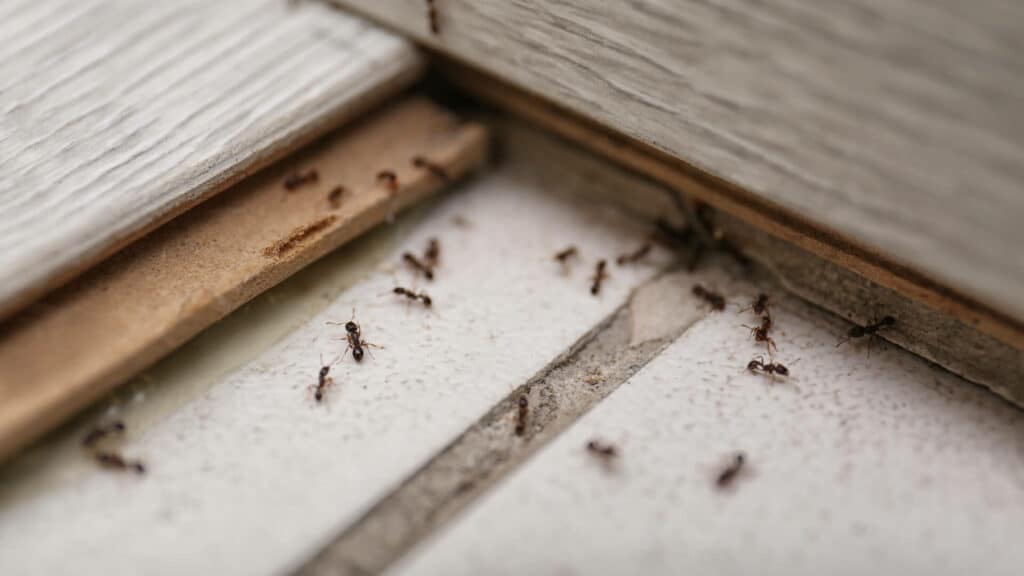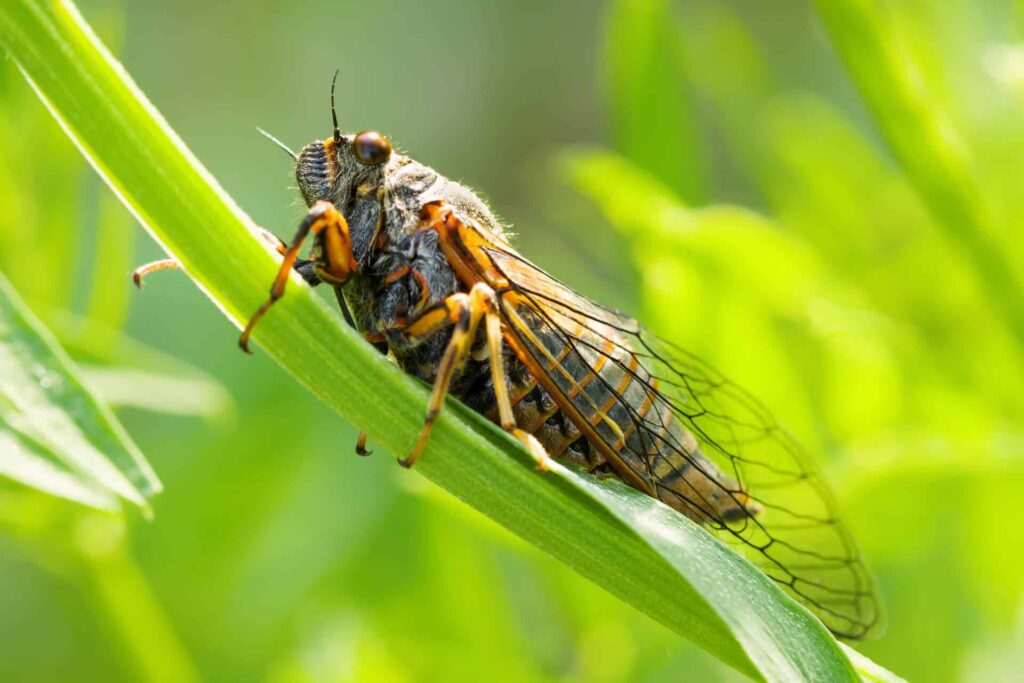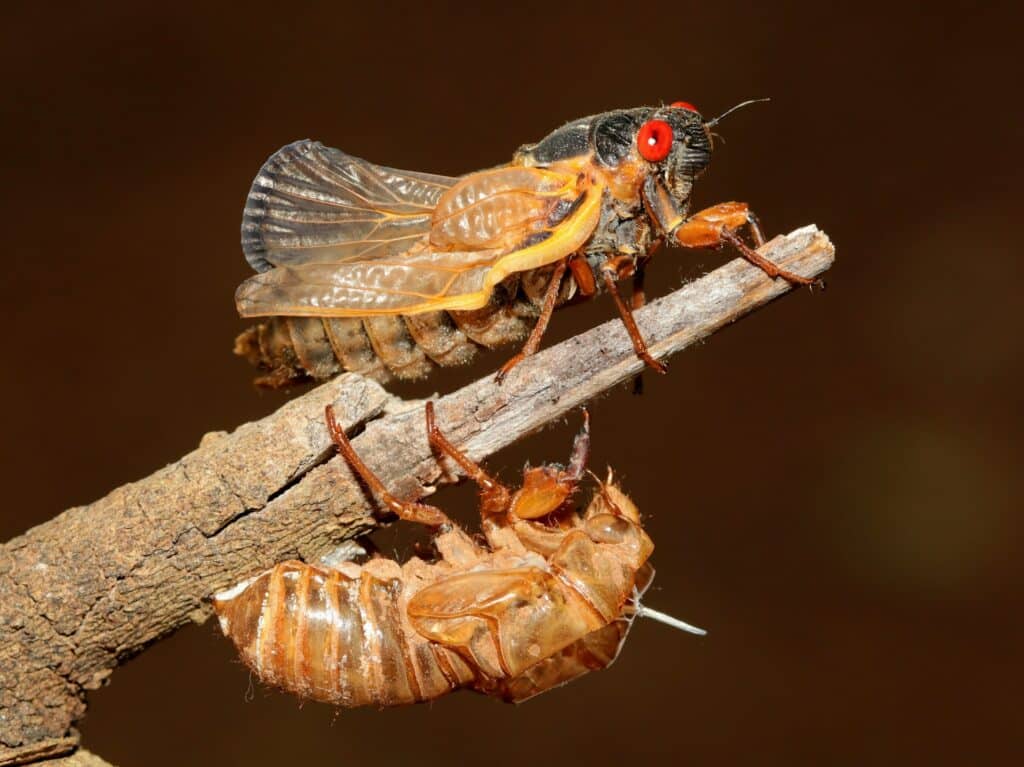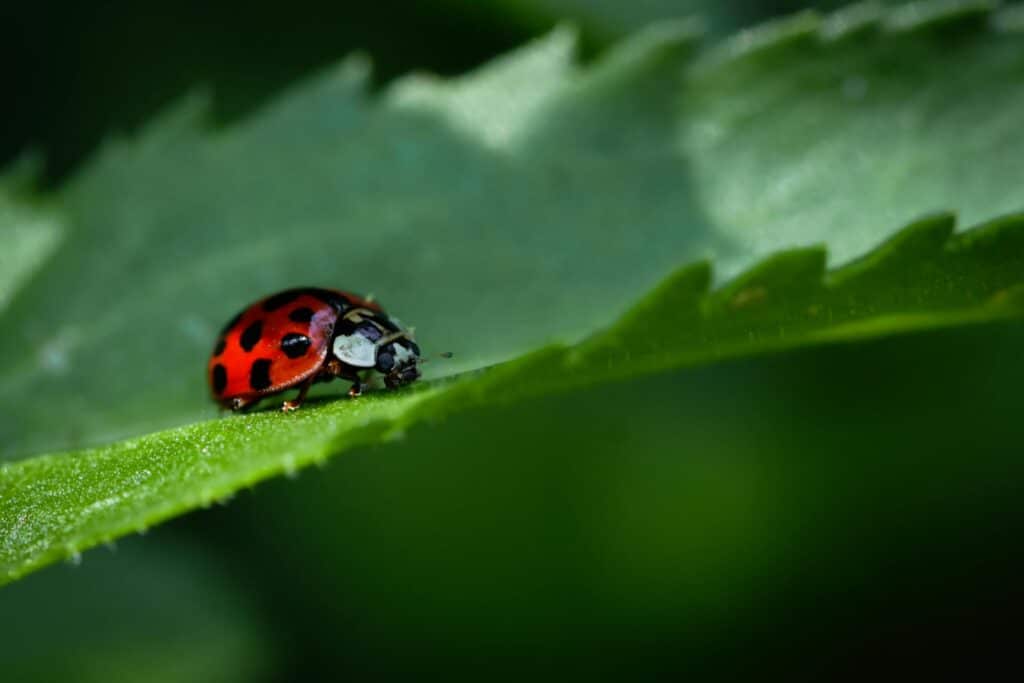If you’ve ever noticed centipedes darting through your indoor plants, you’re not alone. The damp soil, organic debris, and tiny insects living in your plant pots create the perfect environment for these many-legged pests. Understanding why centipedes are attracted to your houseplants and how they use them as their home can help you take effective steps to discourage these unwanted visitors.
Why Houseplants Attract Centipedes
Centipedes are naturally drawn to two key elements that your houseplants provide in abundance: moisture and hidden food sources. The soil in your potted plants retains water after watering, which attracts small insects and arthropods that centipedes actively hunt. If you tend to overwater your plants or your pots have poor drainage, the resulting increased moisture makes the environment even more appealing to these fast-moving predators.
The organic material present in potting soil, mulch, and plant debris serves as a perfect habitat for the small creatures that centipedes feed on. If your houseplants already have issues with fungus gnats, mites, or other tiny insects, centipedes will happily stay nearby to take advantage of this steady food supply.
Where Centipedes Hide in Houseplants
Here are some of the most common places where you are most likely to find centipedes in your plants.
Under the Soil Surface
Centipedes commonly burrow just below the soil surface to stay cool and hidden from view. If the top layer of your potting soil remains consistently damp, these pests have easy access to both moisture and food without being exposed to light or disturbance.
Inside Drainage Holes
The bottom of plant pots offers the perfect hiding place. The darkness and slight humidity of drainage holes create a safe space for centipedes to rest.
Beneath Leaves and Plant Debris
If fallen leaves, organic matter, or decorative mulch collect around the base of your plants, centipedes may use these materials as convenient shelter. Dead plant material also attracts various small insects that centipedes feed on, creating a complete ecosystem that supports these pests. Regularly checking beneath larger leaves can often reveal centipedes hiding in wait for prey.
How to Make Your Houseplants Less Appealing to Centipedes
Here are some tips to help you avoid attracting centipedes to your plants.
Improve Soil Drainage
One of the biggest reasons centipedes settle in houseplants is excessive moisture retention. You can make your plants less attractive to these pests by using pots with proper drainage holes and avoiding overwatering. Make it a habit to allow the top layer of soil to dry out between waterings, which helps reduce the moisture levels that centipedes prefer.
Remove Organic Debris
Decaying leaves and organic material create ideal conditions for both centipedes and their prey. Take time to regularly clean up fallen leaves and debris from around your plants. This simple maintenance step eliminates potential hiding spots and reduces the food sources that might attract centipedes to your indoor garden.
Reduce Excess Moisture
While many houseplants require humidity to thrive, try not to overdo misting or create excessively damp conditions. Finding the right balance is important—excess moisture not only invites centipedes but also fosters other pest problems like fungus gnats and mold. Consider using a humidity tray with pebbles rather than direct misting to maintain appropriate moisture levels.
Keep Plants Elevated
A simple but effective strategy is placing your plants on stands or shelves rather than directly on the floor. This elevated positioning makes it significantly harder for centipedes to reach your plants. When pots sit directly on the floor, centipedes can easily crawl inside through drainage holes or over the rim of the container.
Monitor for Other Pests
If your houseplants are already dealing with insect issues, centipedes will likely follow these food sources. Addressing existing infestations of aphids, fungus gnats, or spider mites reduces the food supply that keeps centipedes around. Treating these primary pest problems often naturally reduces centipede activity as well.
Signs That Centipedes Are Living in Your Houseplants
Here are some tell-tale signs that you might be dealing with a centipede problem in your houseplants. If you see these often, it is often worth it to contact a professional pest control company to help you solve your problem.
Sudden Movement When Watering
Centipedes are extremely fast and will quickly dart away when disturbed. If you notice small, multi-legged pests rapidly moving away when you water your plants or disturb the soil, you’re likely dealing with centipedes. Their characteristic quick movement helps distinguish them from slower-moving pests.
Frequent Sightings Near Plants
If you regularly spot centipedes in the vicinity of your indoor plants, they’re probably using your greenery for shelter and hunting grounds. Pay attention to patterns—centipedes appearing repeatedly near the same plants might indicate specific conditions in those pots that are particularly attractive to them.
Presence of Other Small Insects
Since centipedes feed on small bugs, an unusual increase in fungus gnats, soil mites, or other tiny pests can be an indirect sign that centipedes may be present. These predators follow their food sources, so addressing underlying insect problems is often key to controlling centipedes.
What to Do if Centipedes Keep Appearing
If centipedes continue to appear in your houseplants despite your best prevention efforts, you might be dealing with a more persistent issue that requires professional attention and centipede control. Recurring sightings could indicate underlying problems with moisture control or a substantial insect infestation that’s providing a sustainable food source.
Our pest control service can provide a thorough inspection to identify all factors contributing to your centipede problem. Get a free quote today to learn how we can help you protect your indoor plants from these and other pests.









